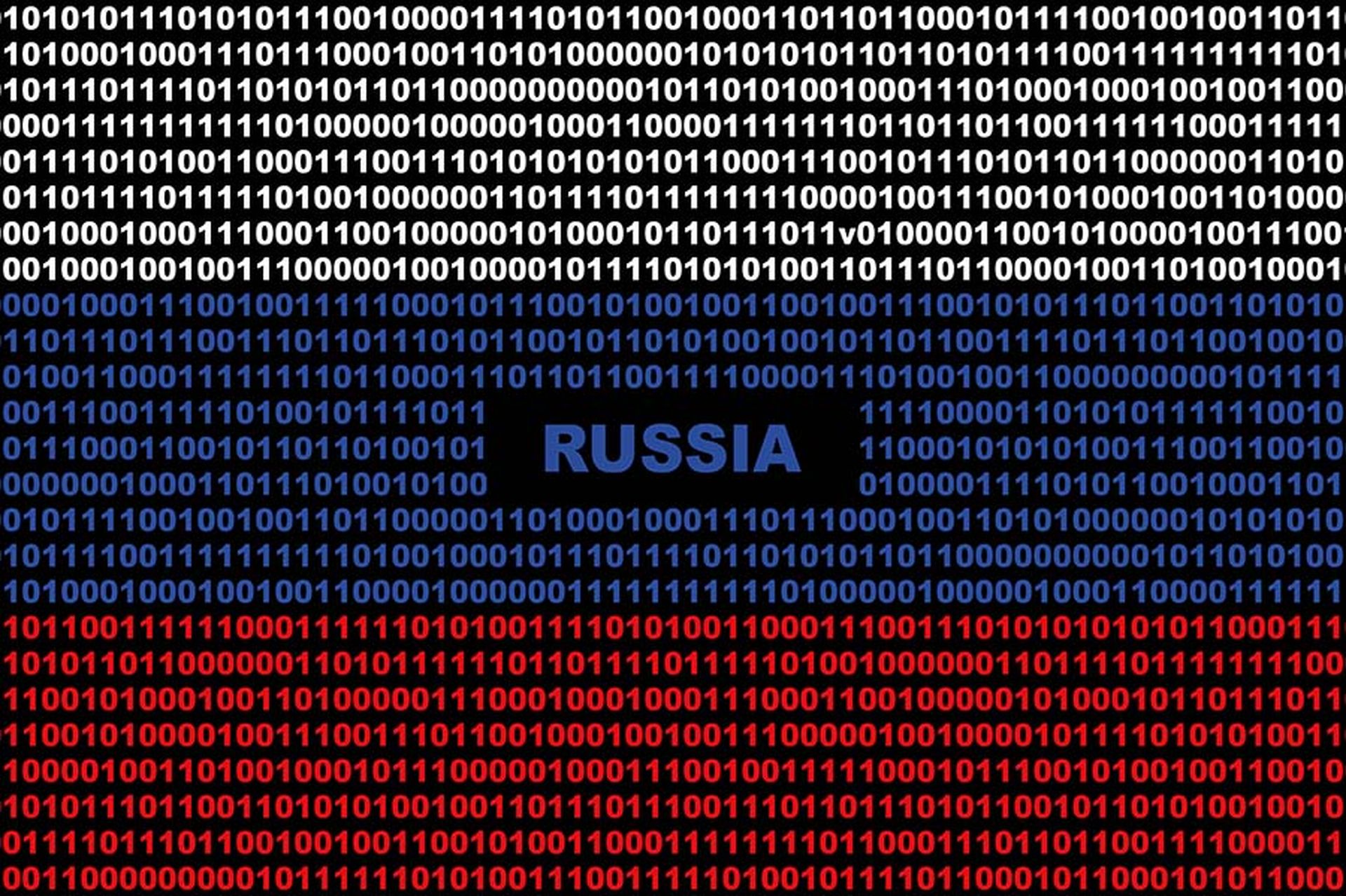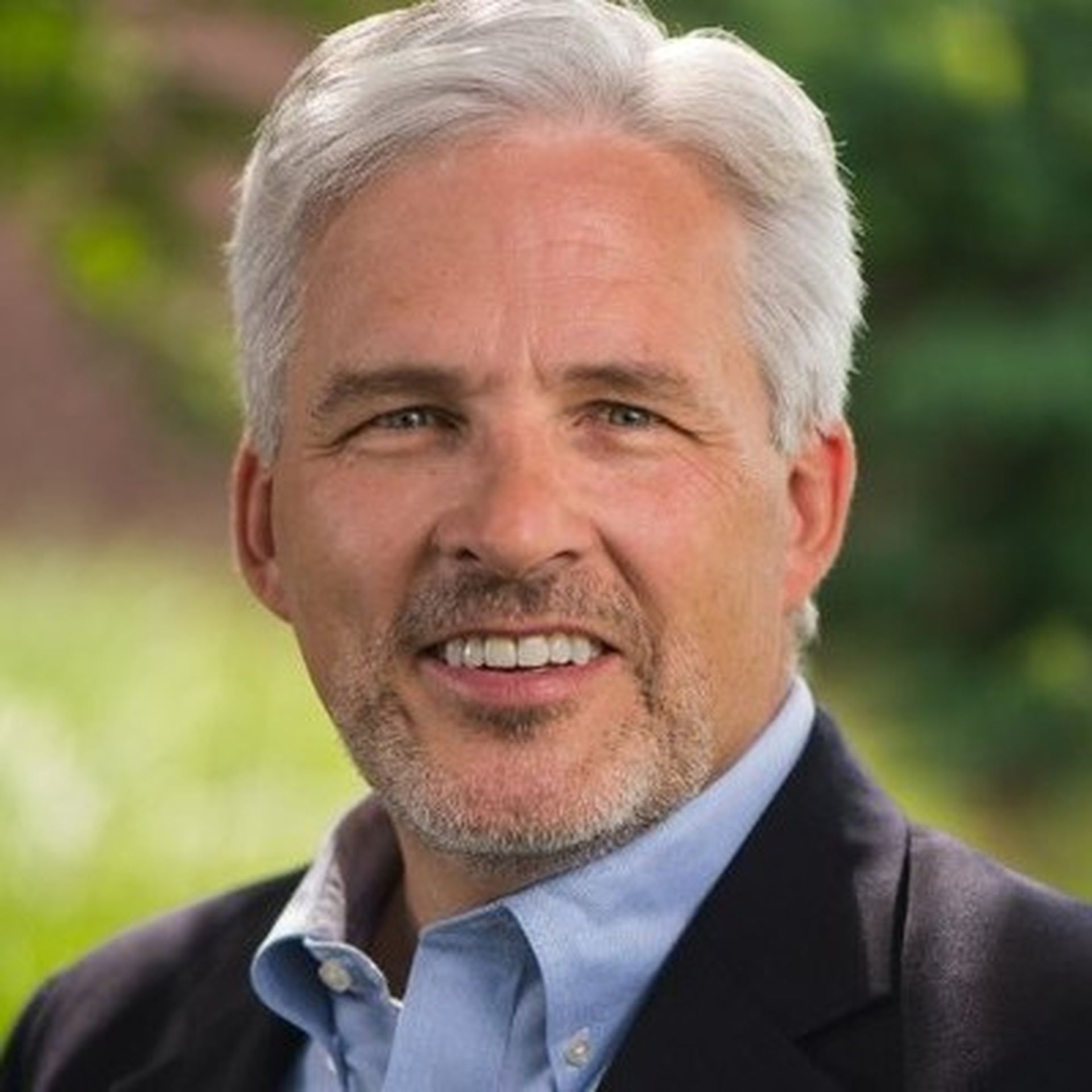
With the 2024 presidential election season in full swing now that the presumptive nominees are known, the opportunity for mischief and hijinks presents itself again. Will we repeat the 2016 election? Will the usual suspects show up again to gum up an increasingly fragile process?
Yes.
Russia has a century-old playbook from which to draw. The tools of election influence might change, but tactics remain reliably the same. In 1917, Feliz Dzerzhinsky founded Russia's first organized intelligence service – the VChecka – to combat counter-revolution, speculation and malfeasance.
The VChecka morphed through the years, becoming the NKVD (which infamously blew up the Zaporizhzhya hydroelectric dam and killed over 100,000 Ukrainians – the same target of the 2015 BlackEnergy attack by GRU military intelligence). It morphed again to the once-vaunted KGB, and finally, split into three separate organizations called the FSB, SVR, and FSO.
Let's put this in perspective. Countering a massive influence operation run by a state actor like Russia or perhaps China takes money – a lot of it. The amount of money spent on National Intelligence Programs in 2016? $53.0 billion dollars.
The amount of money spent on 2016 presidential campaign ads? $1 billion dollars.
The amount of money spent by the Internet Research Agency in an online influence campaign? $125,000. Here's what got accomplished:
- Russian-backed groups posted divisive political content to Facebook that reached 126 million users.
- Google found evidence that Russian operatives used the company's platforms to influence American voters. In a blog post, it said it had found 1,108 videos with 43 hours of content related to the Russian effort on YouTube. It also found $4,700 worth of Russian search and display ads.
- Twitter told congressional investigators it had identified 2,752 accounts controlled by Russian operatives and more than 36,000 bots that tweeted 1.4 million times during the election.
Why look backward? Because tactics rarely change – only the tools. And Russia is positioned to use the same tactics to achieve its political goals. But before diving into the current situation, it's vital to spend time understanding the difference between two terms: interference and influence.
The Russian social media campaign targeting the 2016 election and other issues like energy policy are about influencing and changing American perceptions. Attempts to hack directly into the computers that run our elections – that’s interference.
So what can we do? It depends on whether we're trying to stop influencing elections or interfering with them. Russia has unleashed a new tool in its arsenal that exploits perception and institutionalized belief systems – deepfakes. It has been extremely challenging to prevent the spread of deepfakes, regardless of how many laws are passed or how many hours of training are delivered.
In what could have been the first instance of a deepfake affecting the outcome of an election, an audio of a purported conversation between a respected journalist and a leading contender for prime minister was discovered in the wild. In it, the candidate discussed how to rig the election and planned on doubling the price of beer to curb alcoholism.
The candidate, Michal Simecka, dismissed the recording as an obvious fake. It didn't matter. The recordings were released during the last 48 hours before the election, a quiet period that made responding not permissible.
The candidate who won narrowly? Robert Fico, who publicly stated his support for Russia not providing arms to Ukraine, called on Ukraine to give up some of its territory to Russia, and opposed Ukraine's membership in NATO.
The candidate who lost narrowly? The deepfake victim, Michal Simecka, who’s pro-NATO and aligned with EU and Western interests.
In defending against influence, we simply can't legislate common sense, critical thinking, or skepticism. All three are the antidote to countering deepfakes without extensive and expensive solutions.
Defending against interference represents another matter. We are much better prepared for it than at any other time.
From an infrastructure perspective, the Election Infrastructure Information Sharing Analysis Center (EI-ISAC) stands as the best resource for counties and states. The Department of Homeland Security (DHS) created the EI-ISAC in January 2017 after being designated as a critical infrastructure subsector.
However, according to the Center for American Progress study on election security in all 50 states, 41 states use database software that’s more than a decade old, leaving them susceptible to modern-day cyberattacks.
Like bridges, tunnels and roadways, our information technology infrastructure, including voting, needs a major digital facelift. Until then, ensuring trust for the 2024 elections will go a long way in denying our adversaries another front to attack.
Morgan Wright, chief security advisor, SentinelOne




